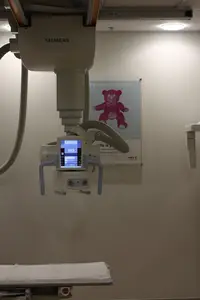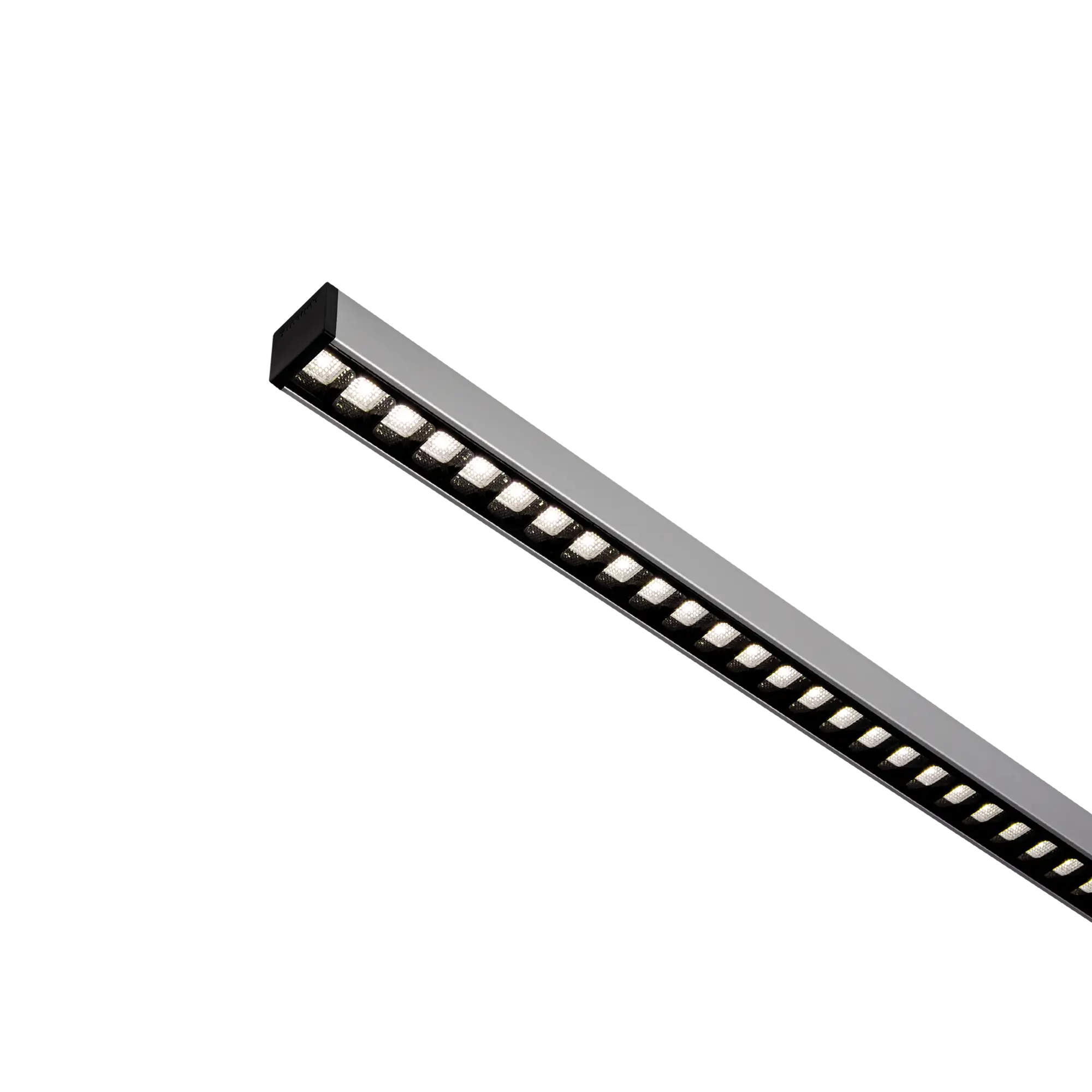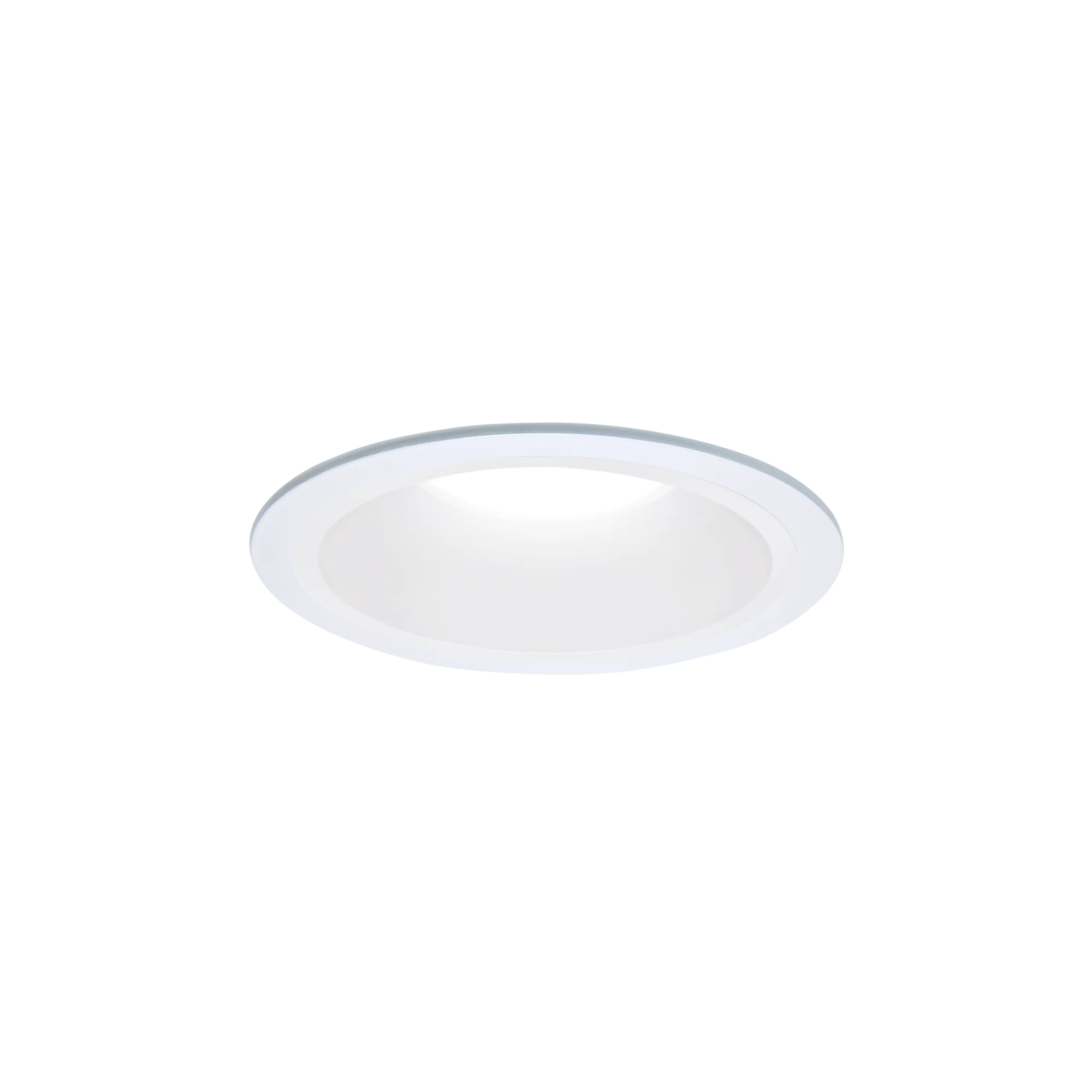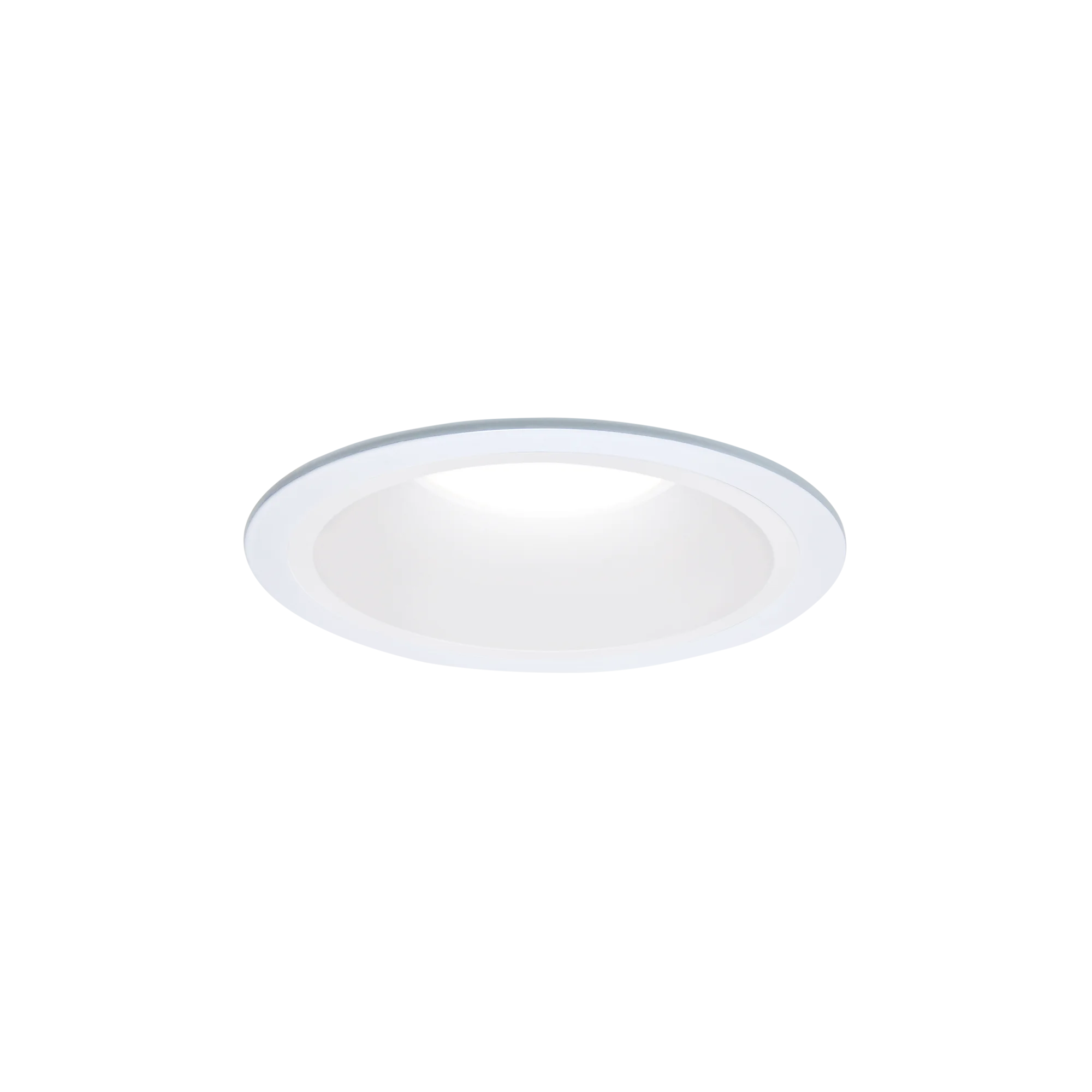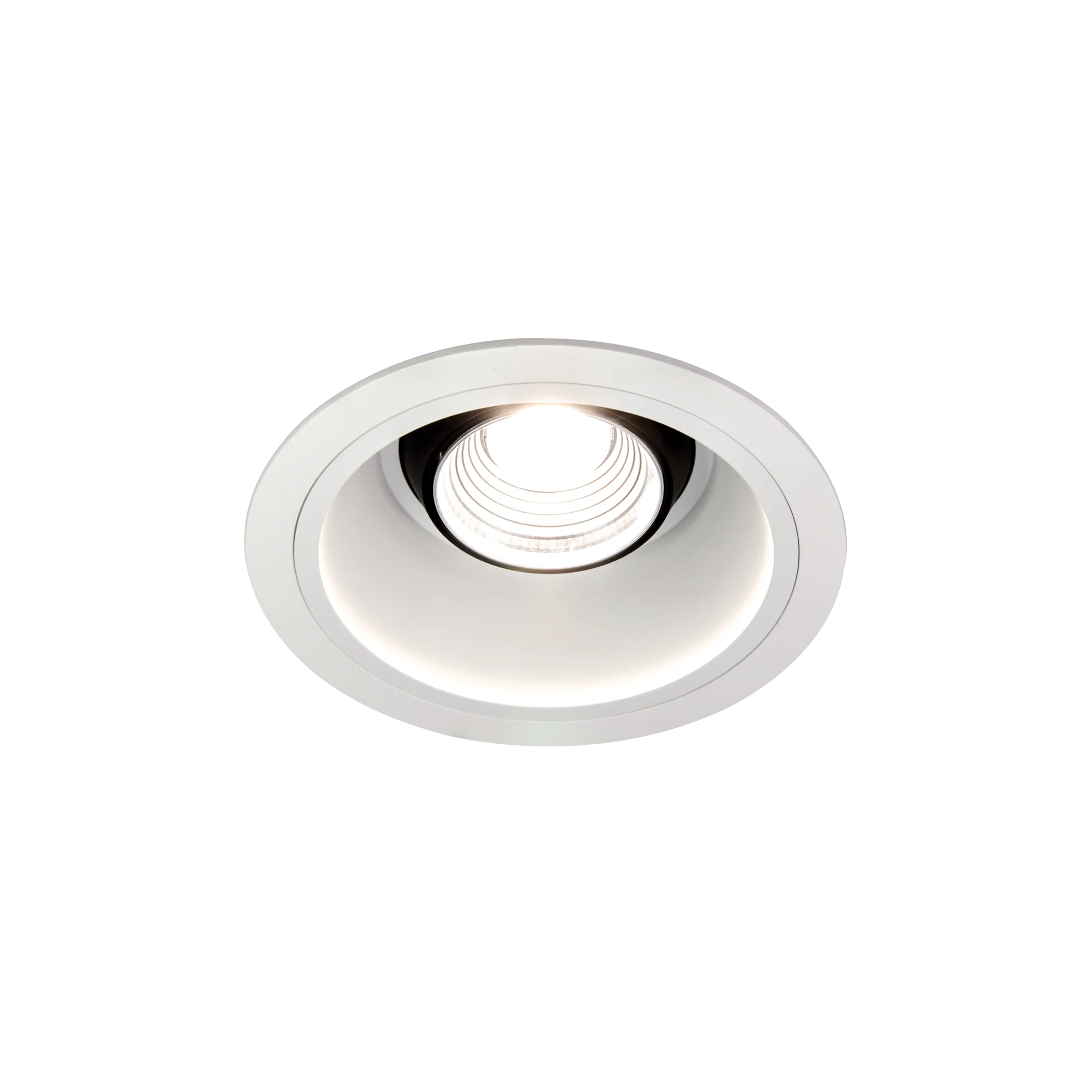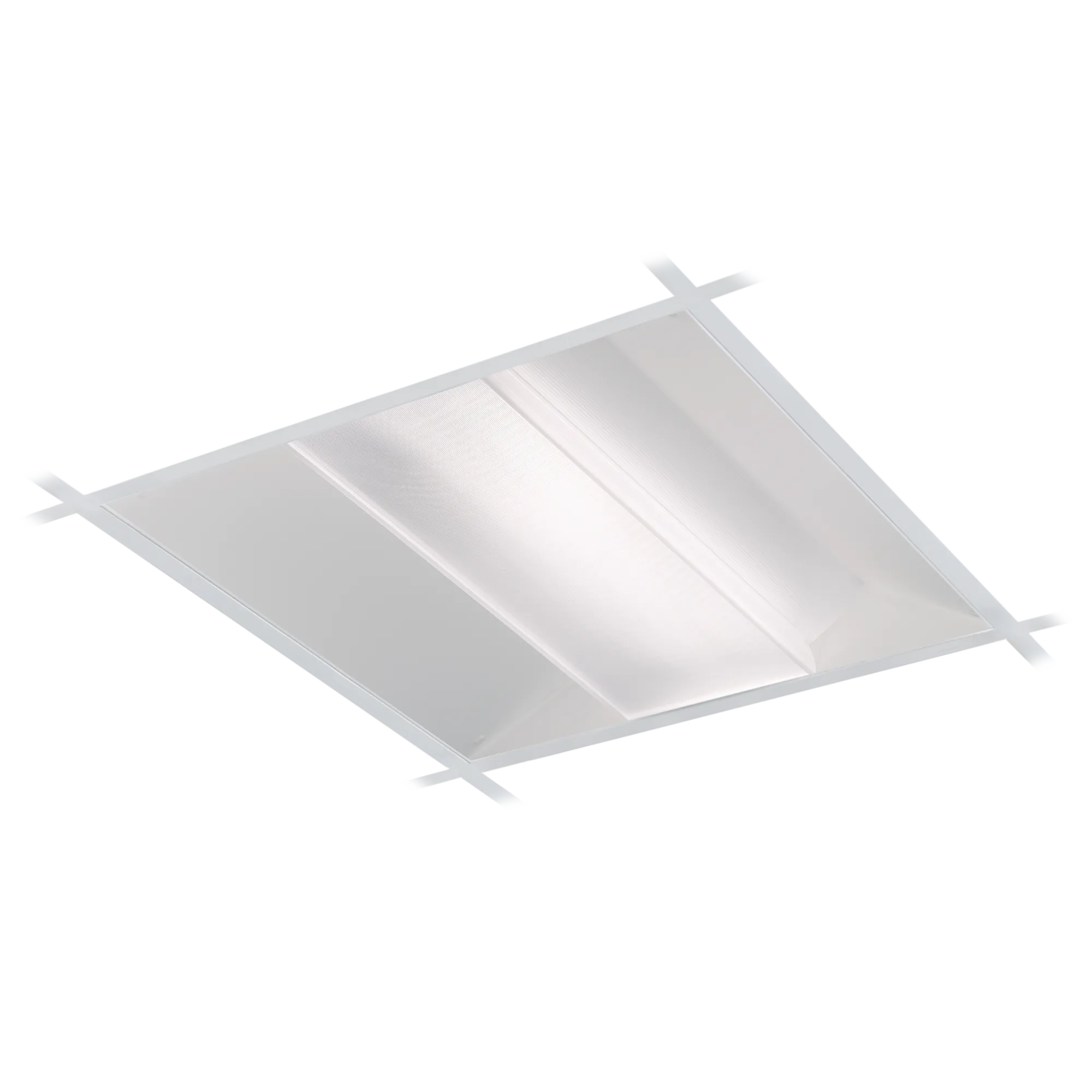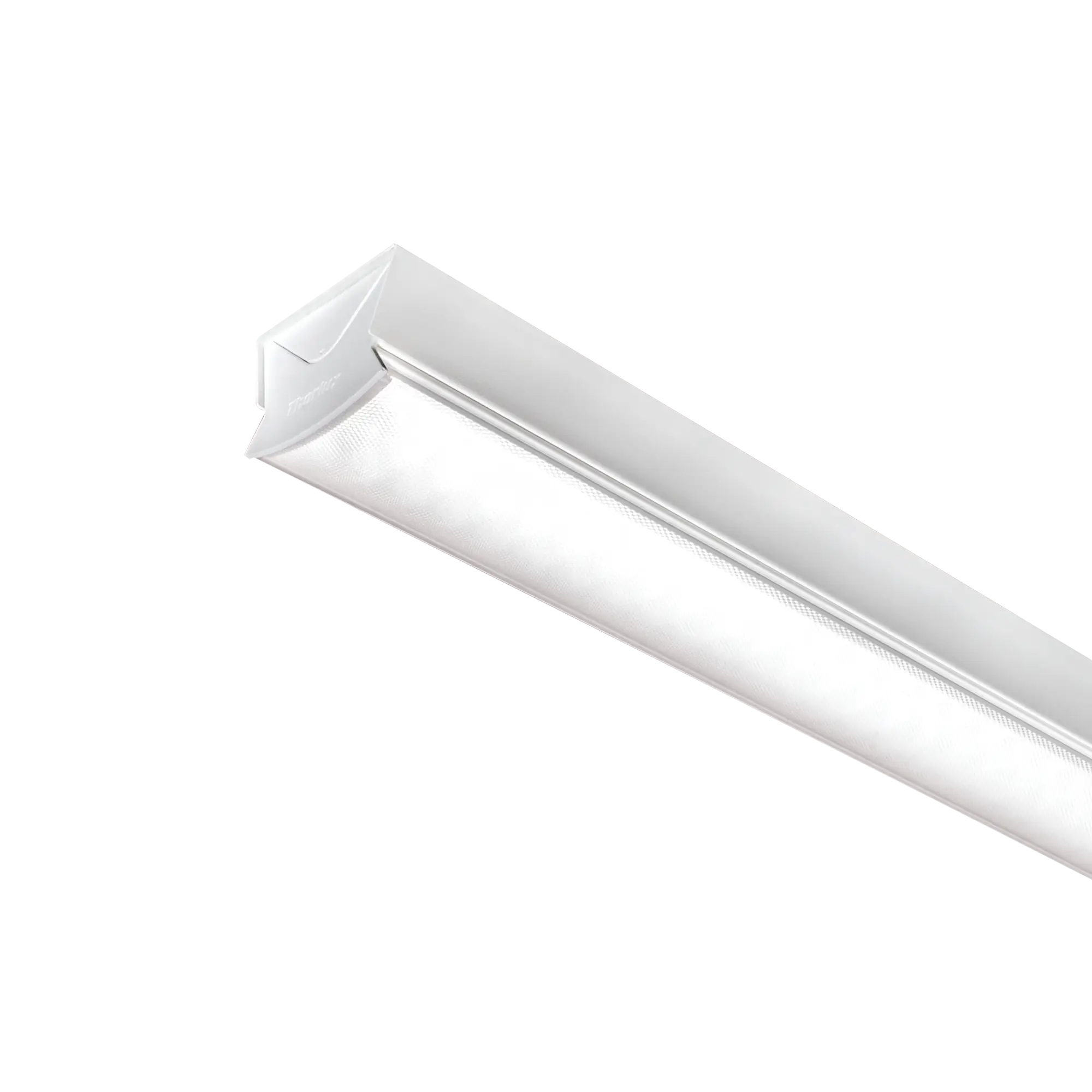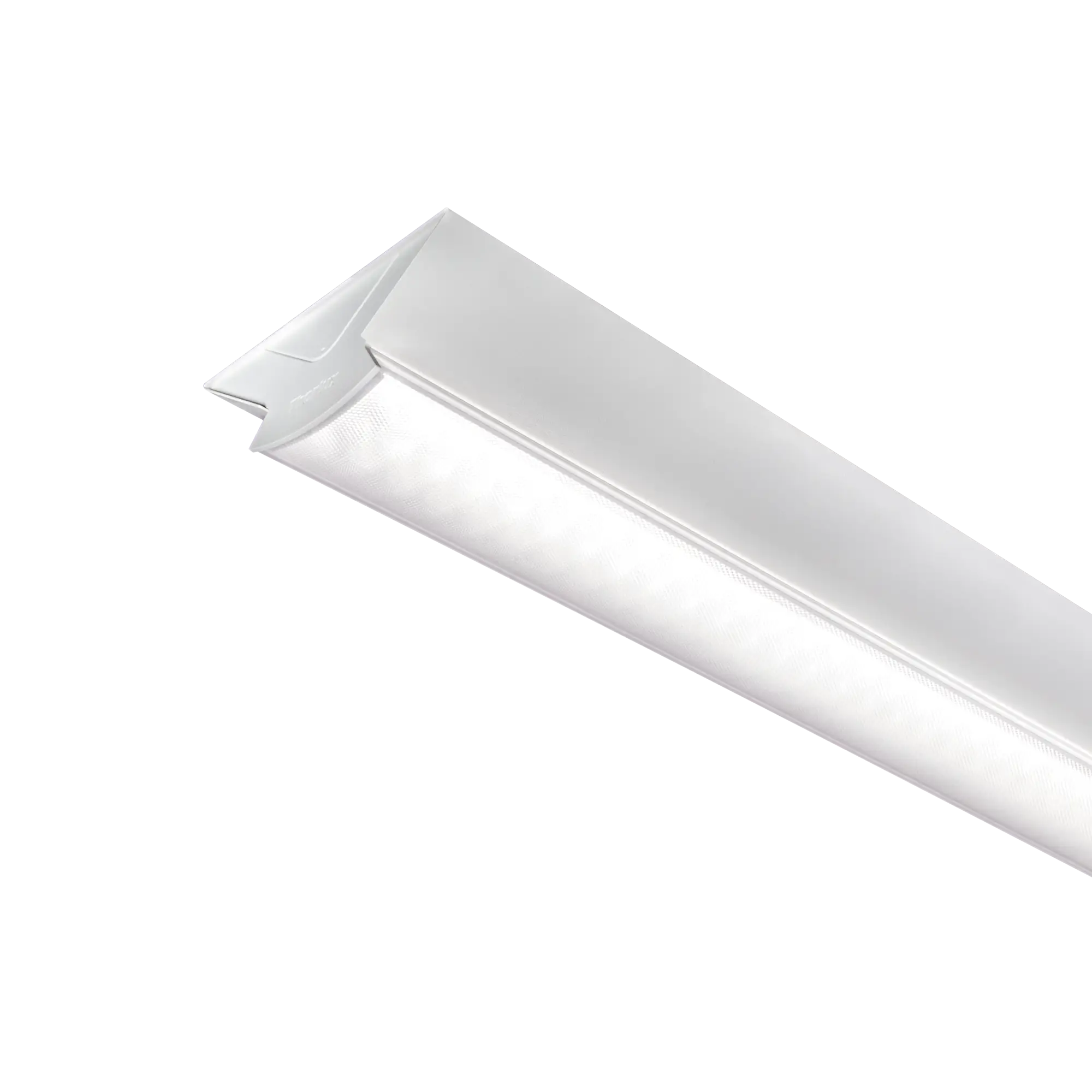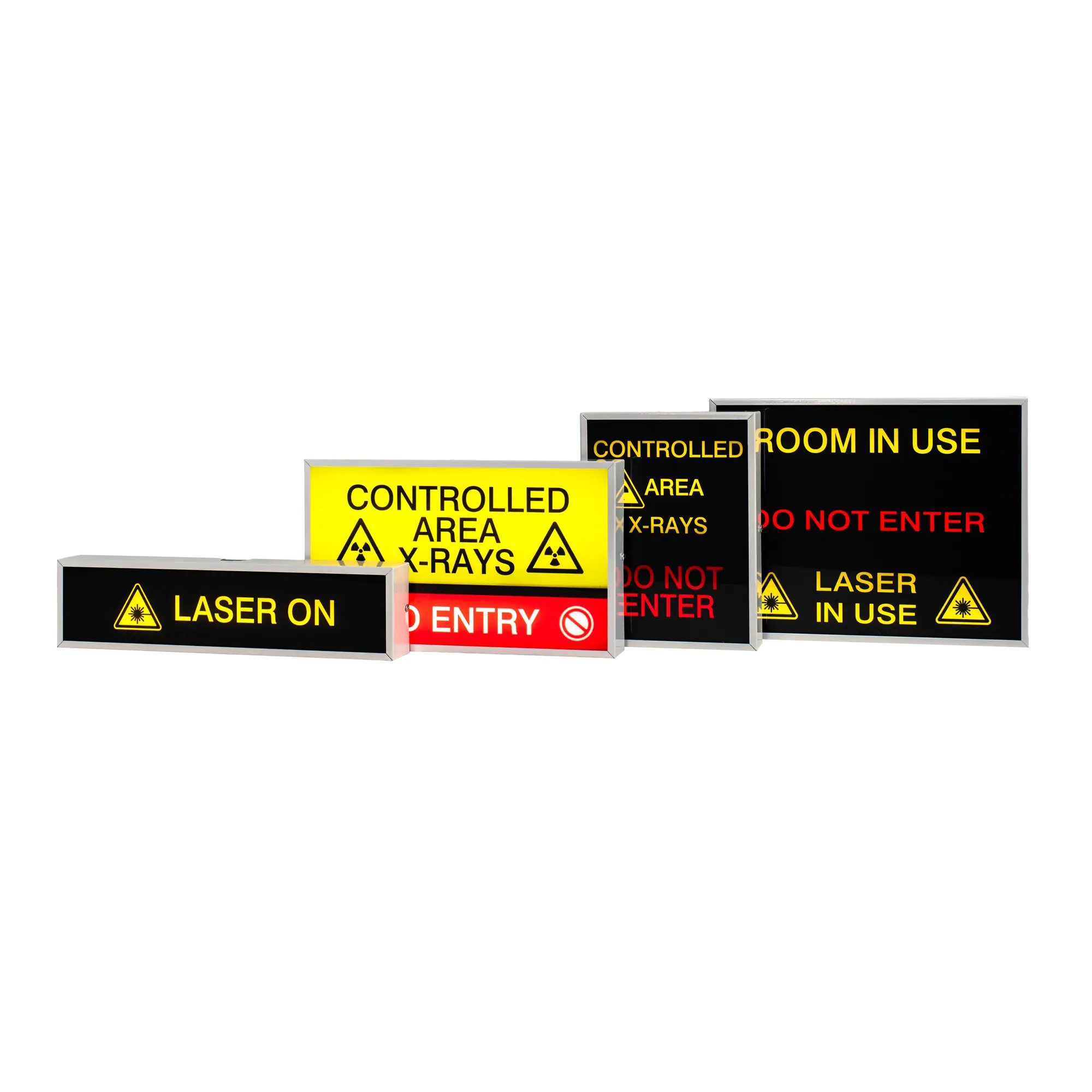Imaging Rooms
There are many types of imaging room used in hospitals due to the advancements made in technology. Most of these imaging rooms, with the exception of MRI scanner rooms do not require any special type of lighting other than as described within the CIBSE: SLL Lighting Guide 2 - Hospitals and Health Care Buildings.
Patients who use these facilities will almost certainly be feeling anxious or even frightened and so the incumbent lighting should be pleasant and give a reassuring atmosphere.
Illumination Levels
| Location | Maintained illuminance (lux) | Notes |
|---|---|---|
| General lighting (1 m above floor) | 300 | To be provided by ceiling fixed or recessed luminaires co-ordinated around any equipment. Two-way switching and control required. |
X-Ray, Ultra-Sound And Fluoroscopy Rooms
In X-ray, ultra-sound and fluoroscopy rooms general lighting is required for entry into the area, transferring the patient to the couch, and for the setting up of equipment. Ceiling mounted luminaires are usually suitable for this application. The system chosen will be required to have a two way switching system with one switch at the entry door and another within the control room area, preferably on or near the control desk.
The lighting level for imaging rooms is recommended in CIBSE: SLL Lighting Guide 2 - Hospitals and Health Care Buildings 2019 to be 300 lux for the entry and settling of patients, and for this level to be reduced to around 50 lux for the duration of the scanning procedure. This reduction in light level may be produced by using dimming luminaires or by simple switching of different groups of luminaires installed. The latter should be used where there is a possibility of interference of dimming systems with scanning equipment and a cross-check with equipment suppliers should be made in this regard.
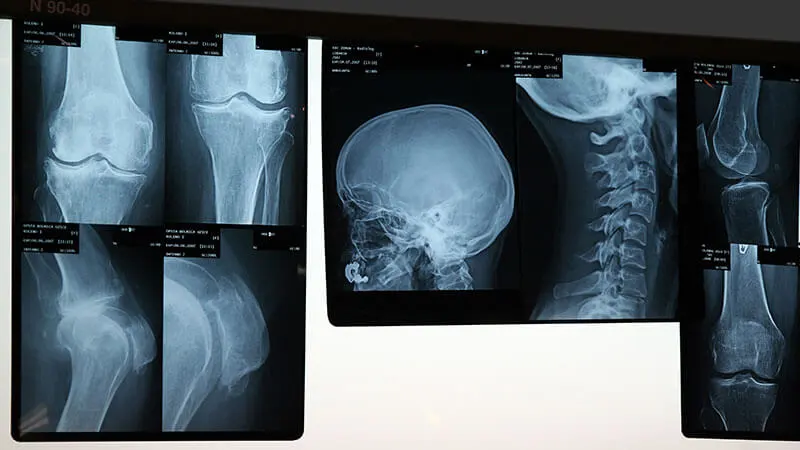
MRI scanner rooms
Magnetic Resonating Imaging rooms (MRI scanner rooms) have more onerous requirements and it must be ensured that luminaire and system design does not interfere with medical imaging procedures. Preferably luminaires should be constructed from non-ferrous materials and not employ any induction, wave rectification, signal generating or voltage reducing equipment unless that equipment employs comprehensive radio frequency (RF) suppression.
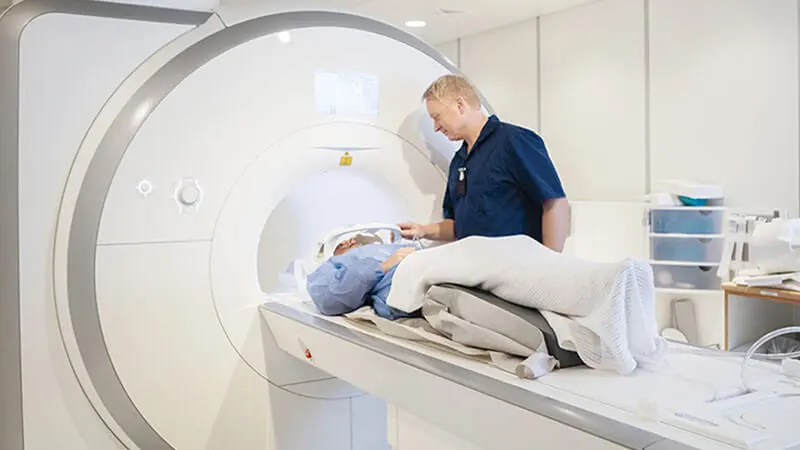
Flexview
The dual light engine in the Flexview brings a touch of the outside inside with its illuminated picture window. Separate high performance optics provide the main space illumination ensuring quality and efficiency.
The Flexview offers an exciting new way to lighting imaging rooms, reducing patient anxiety by creating a relaxed ambience.
More Details